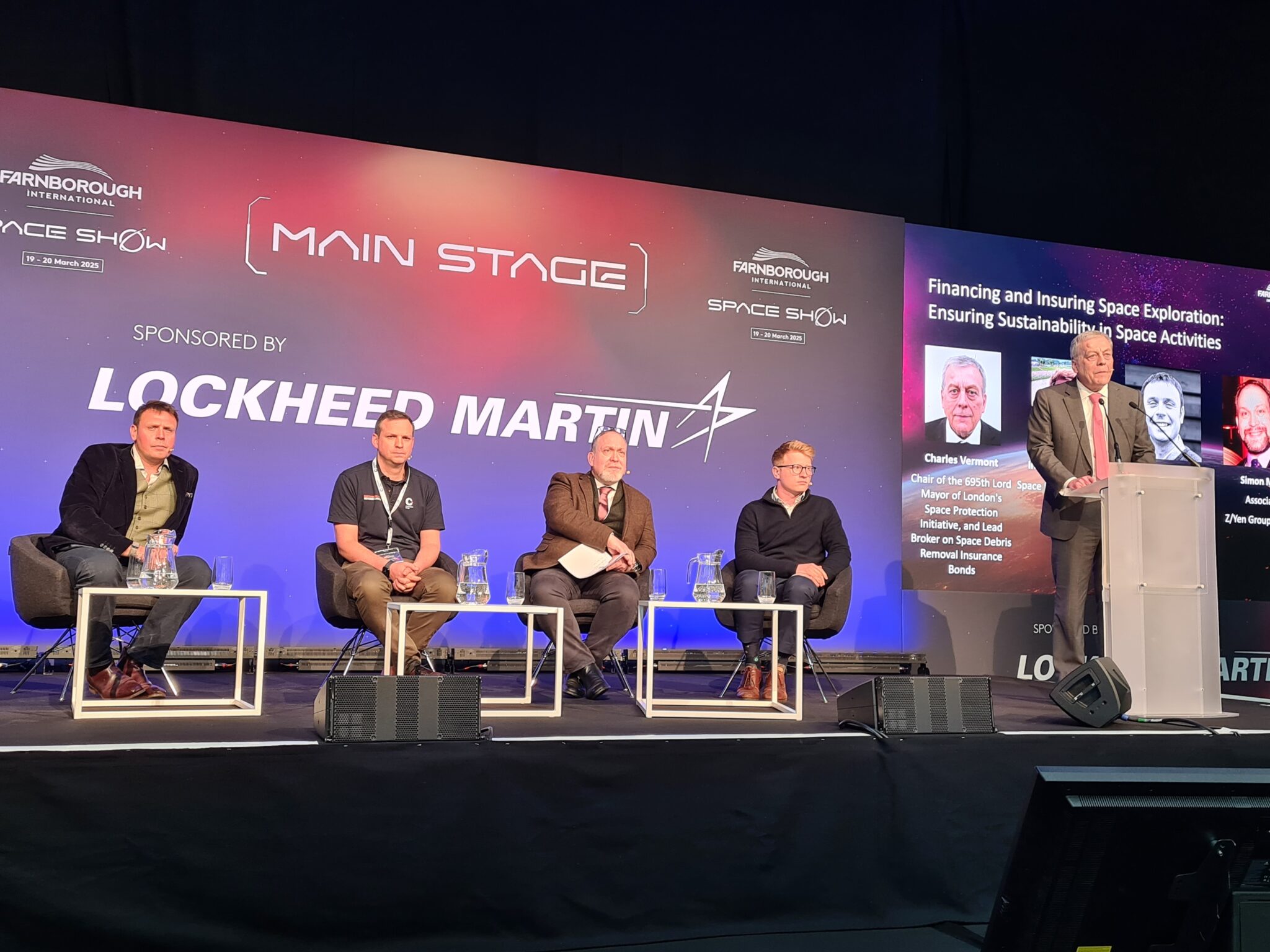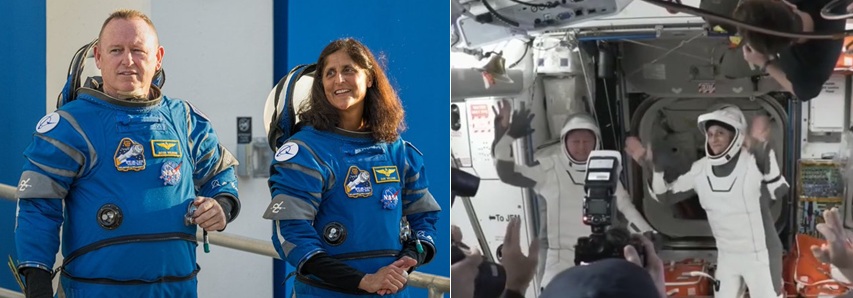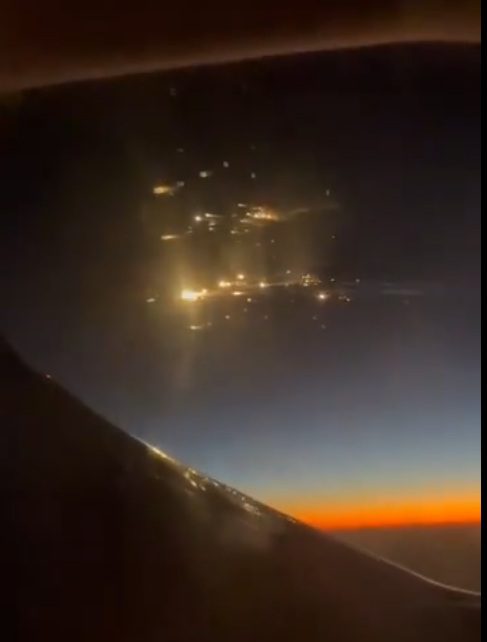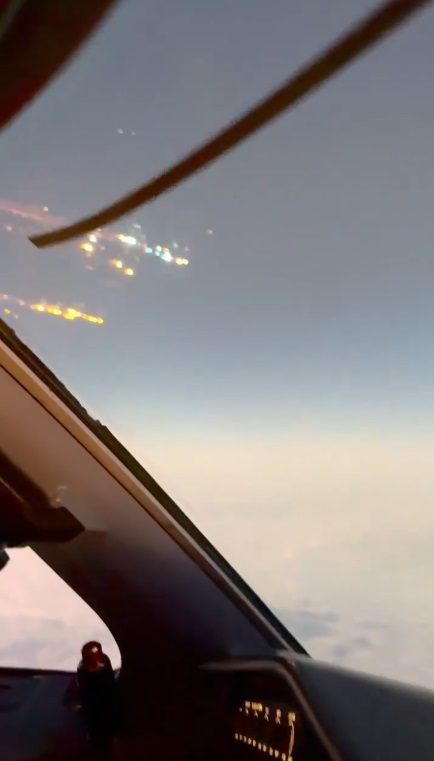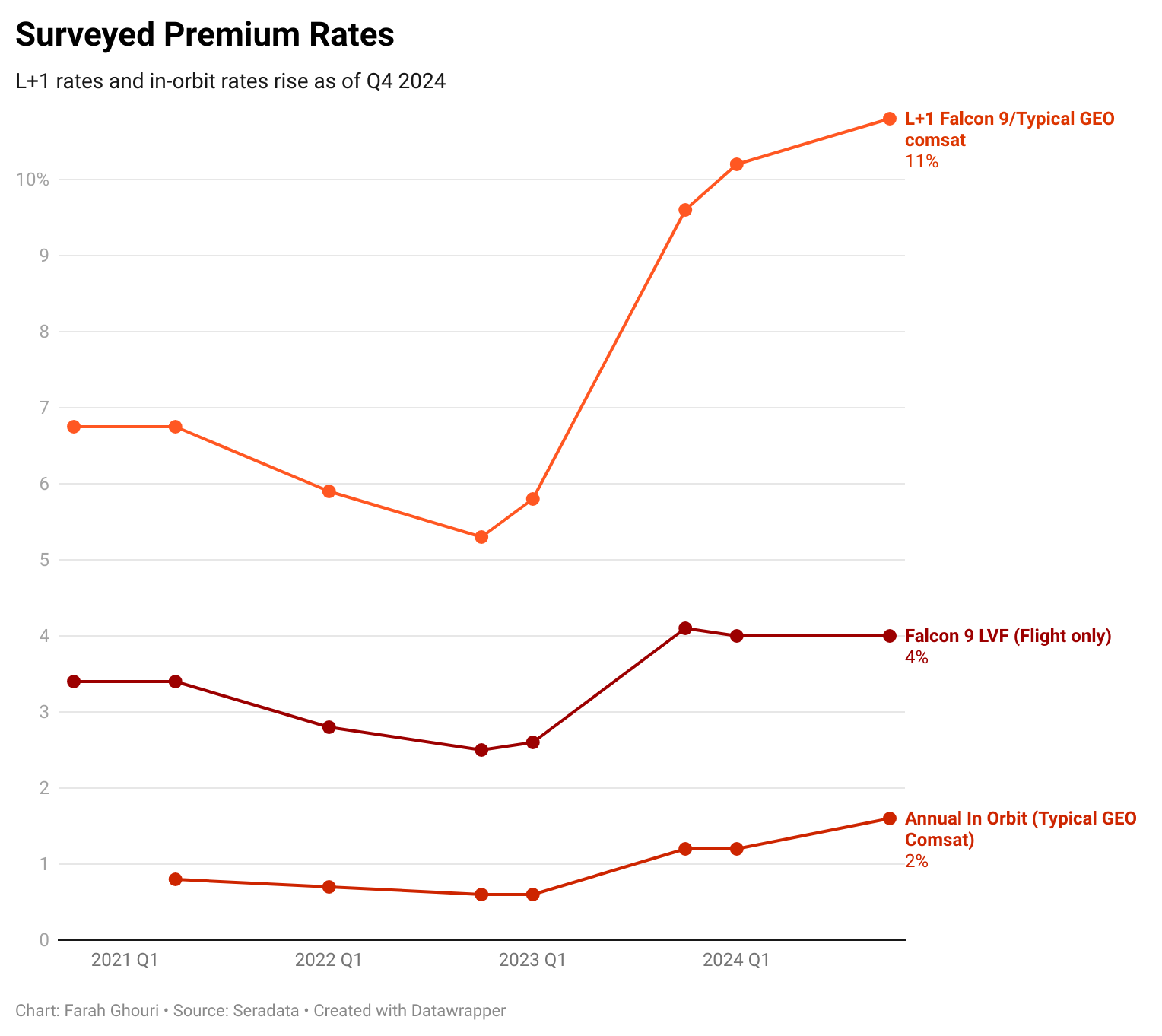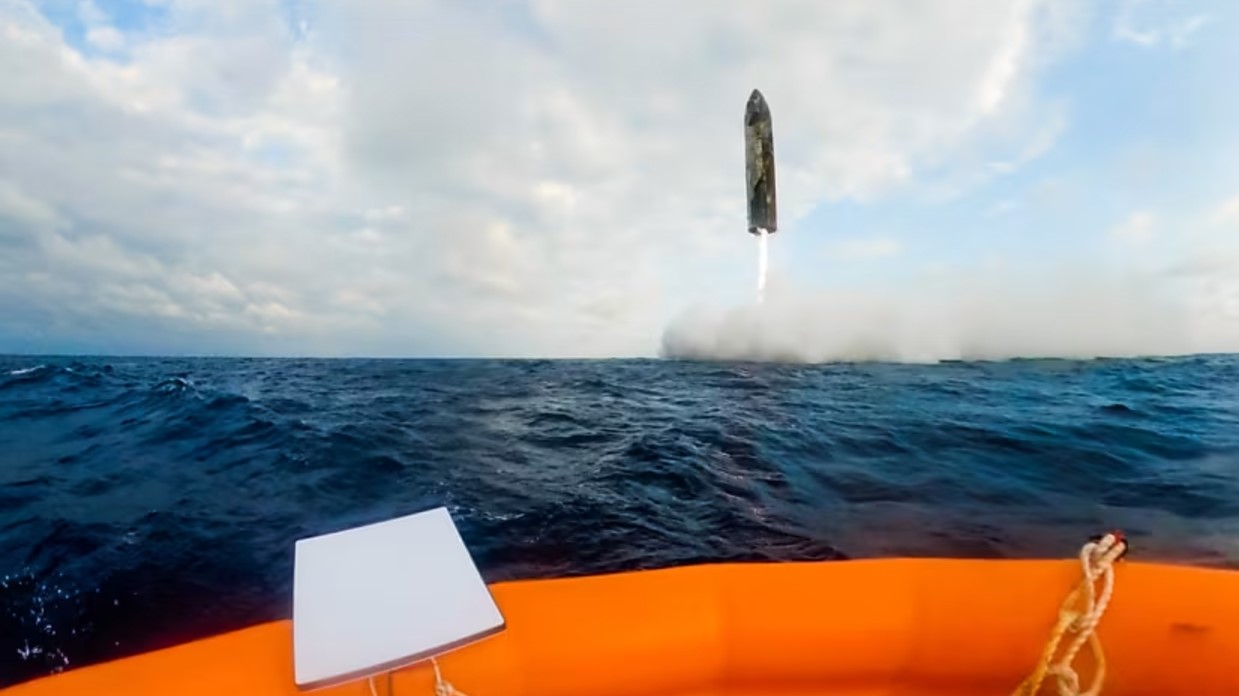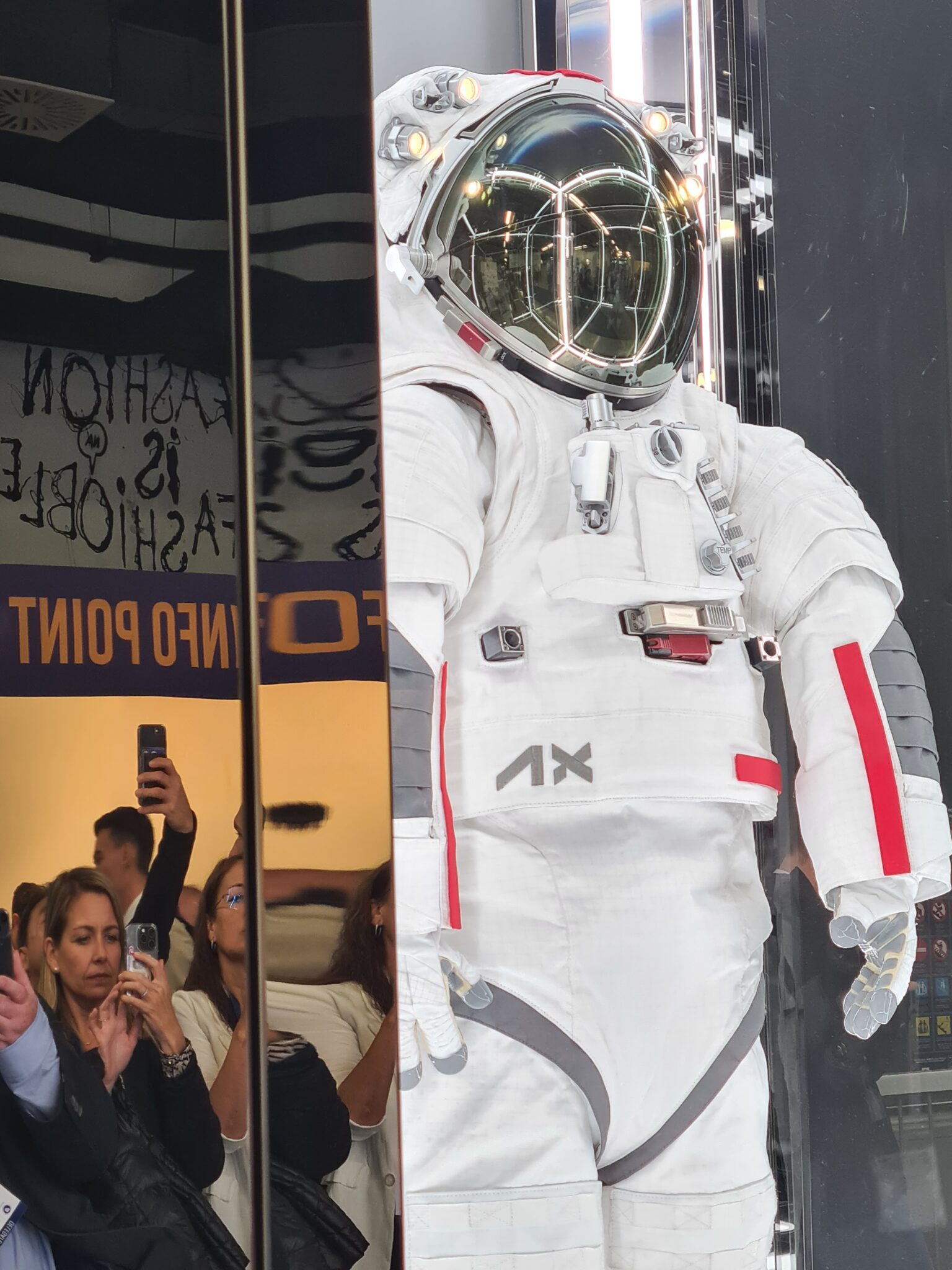At the International Institute of Space Commerce’ sponsored event “Space Tourism: Risks and Solutions” workshop which was held at Lloyds of London under an arrangement with the Broker Aon, the insurance of suborbital space tourism was discussed. Apart form the obvious risks to astronaut human life and third party life and property, other risks were considered including political, reputational and financial risks. However, it was the risk to the passengers and their potential for claims, along with how to insure the spaceplane hulls, that most exercised most of the attendees.
What is “informed consent”?
The need to plan for failures was one of the topics of conversation at the workshop. While many space tourism firms are hoping that the potential for liability claims in the event of an accident (assuming no gross negligence) could at least be restricted by signed waiver agreements with participants on the basis of “informed consent”, the definition of what is “informed” remains unclear. Some of the workshop speakers suggested that only rocket scientists would be truly “informed” as to the risk of such suborbital rocket flights, while others noted that information disemination regulations (e.g.ITAR) might restrict the flow of information prventing a participant from being “fully informed”
With respect to the medical risks for space tourism flights, it was suggested that these would be low due to the estensive training and tests undertaken by prospective participants before hand including undertaking peak gravitational g-loads (about 4.5g) and having special medical checks for older astronauts. For the pilots themselves, it was suggested that their salaries should reflect the higher risk of spaceflights when compared to their atmospheric equivalents.
Space Insurers remain wary but aviation insurers jump in for the test flights
With respect to insurance, it was noted by space underwriter David Wade of the Atrium consortium that space underwriters had been reluctant to underwrite early flights of the Virgin Galactic operation at the rates offered, regarding the craft as “rockets with wings” with the weakest link being the rocket engine. He noted that the hull insurance had instead been passed to over the aviation class which was insuring the hull effectively as an “aircraft with rocket engines”. Akiko Hama,space underwriter at the underwriting firm Global Aerospace which also deals in the aviation class, added that the risk had been insured in the same way as a manufacturer’s test aircraft would be.
SpaceShipTwo on approach during atmospheric test flight. Couresy: Virgin Galactic
Wade himself has doubts about the demand for space tourism noting a major difference in the predictions for this in different marketing surveys. Neverthless, his suggested that the microgravity market could be a driver for the suborbital market which will allow space tourism to follow.
At a technical level most of the workshop opinion was that hybrid rocket engines, with fewer moving parts, would be less likely to go wrong than a conventional bi-propellant liquid rocket type. That said some did express concern over the choice by Virgin Galactic of using Nitrous Oxide as the oxidiser for SpacePlaneTwo’s HTPB fuelled hybrid rocket engine. Garrett Smitth, of Cosmica Spacelines, a travel agency for the rival XCor Lynx operation.described natural tendency of Nitrous Oxide to exhibit an exothermic disassociation reaction. “It has to be handled carefully,” warned Smith.
Astrium suborbital spaceplane is not dead
At the meeting, Christophe Chevagnac of EADS Astium revealed that the EADS Astrium research programme into suborbital spaceflight was not dead. There design, which is still on the drawing boards, the so-called Astrium Space Plane will use a bi-propellant engine burning liquid natural gas (mainly Methane) with Liquid Oxygen. Chavagnac considered that the engine lifespan would be the key determinant of ticket cost for those who wanted to travel on such craft. Hinting that an the Astrium ticket price might be less than its Virgin Galactic and Lynx competitors, he noted that Astrium was aiming for the ordinary public rather than very rich clients.
The need to get away from suborbital spaceflight’s “elitist image” was also mentioned by Garrett Smith of the Cosmica Spacelines noted the post financial crisis-driven political sea change which meant that politicians no longer wanted to be seen supporting the political or financial elite.
With respect to financial risks to the space tourism business, Smith noted that the potential for investment was often damaged by the surfeit of unrealistic space transportation projects with no “staying power” that later fall away. The good ones were thus being denied access to financiing by poor operations ruining space tourism’s collective reputation.
Full operational insurance may be unaffordable for a while
With respect to full operational insurance, Garrett Smith noted that the cost of hull insurance (insuring the actual vehicle) for early commercial suborbital flights would probably be too large to be affordable. In other words that fims would have to “self insure” the risk. He suggested that this would be the case “until we reach 10,000 successful flights”..
Space writer and would be space tourist who holds a booking with Virgin Galactic, Nigel Henbest, reminded the audience that before the Space Shuttle had even flown, its design engineers were predicting a failure rate of less than 1 in 100,000 flights. Its true fatal accident rate was 2 in 135 (1 in 67).
Warning that failures could kill off the space tourism industry, Henbest reminded the workshop that the two Space Shuttle failures were the key reasons why that programme was ended by NASA and the US Government. Nick Hughes, aerospace lawyer at Holman, Fenwich Willan, said that failures do happen and that firms should plan for it.
For the astronaut space tourists themselves, Jenny Roberts of the space insurance broker Aon noted that they can insure themselves on a personal basis under policies available via the Personal Accident or Adventure Sports markets.
Isle of Man is not a “launching state” but is insured for liability anyway
While it was decided that claims for third party liability would be significantly reduced by launching over uninhabited areas, representatives of Government of the Isle of Man Alex Downie and Tim Crane, noted that the low-tax induced burgeoning space industry may one day be responsible for launches. As a Crown Dependency of the United Kingdom, it was noted taht it would the latter which was classed as the “launching state” under international space law. Nevertheless, under an agreement with the Government of the United Kingdom, the Isle of Man had now insured its unofficial “share” of this liability on the space insurance market via the broker Aon.
When it came to making laws with respect to licencing space tourism operations, while some complained of delays in this process, most agreed that space tourism had not been held up. In truth it was technical delays that had led to the slow pace in actually begining commecial launches.
Comment by David Todd: While it is true that so far test flights of the SpaceShipTwo craft have been endoatmospheric insuring what is a rocket space plane that will soon fly above 100km, on the aviation insurance market, presumably at a lower rate that would be the case on the space market, has echos of what happened with the insurance of the SpaceHab module. After the STS-107 Space Shuttle Columbia re-entry failure, it was discovered that the SpaceHab Research Double Mobule which was lost on that flight had been insured on the Cargo Market (insured value $17.6 million) at a much lower rate than it would have had on the space insurance market. Caveat emptor as they say.



